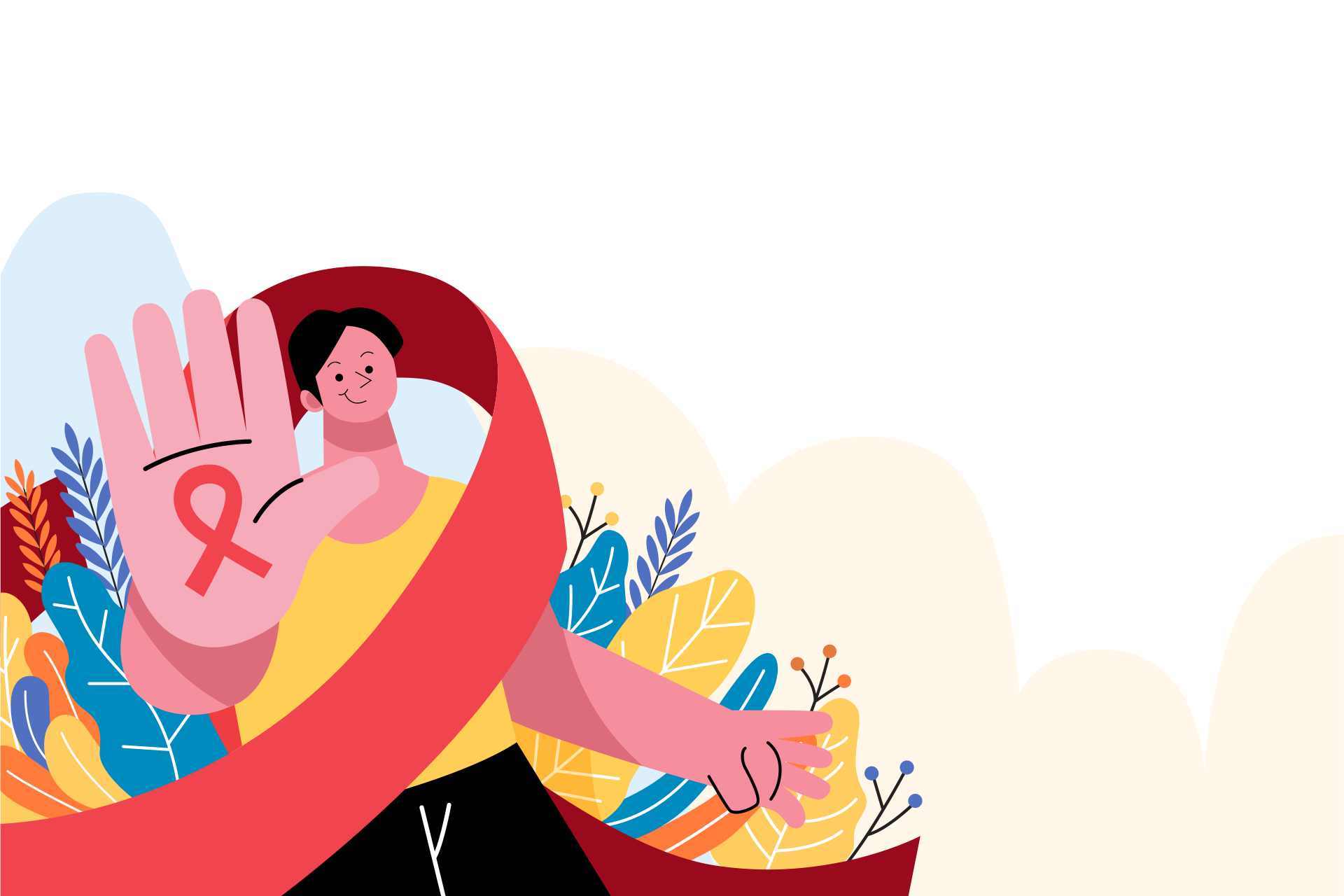at our core, we embrace contrast: light and dark, soft and bold, traditional and modern. the interplay of vibrant pink, stark black, and white reflects the diversity of experience and the unity of purpose. our philosophy is rooted in the belief that identity is both a statement and a celebration — and design should reflect that with clarity, confidence, and care.
our vision is a world where visibility, individuality, and empowerment form the core of every community. through bold design and expressive colors, we emphasize inclusion, strength, and pride — centering key populations often left unseen. we believe in amplifying the voices that matter most by creating visual identities that speak loudly and clearly.
no one left out
#UniteForRights
#RiseTogether
#StandWithUs
#LeadWithLove
#VisibleAndValued
#TogetherForEquality
#ProtectTheVulnerable
#HealthForAll
#VoicesOfChange
#EmpowerCommunities
#SupportKeyPopulations
#KeyPopulationsFirst
#HealthJusticeNow
#EndHIVStigma
#NothingAboutUsWithoutUs
centering intersectionality: why it matters
- HIV doesn't impact everyone equally, and people with intersecting marginalized identities often face greater risks and less access to support. Focusing on intersectional groups allows us to understand these disparities and design interventions that truly meet people where they are.
- Working with intersectional groups is essential in the context of SRHR, as overlapping identities — including migration status, gender identity, sexual orientation, and involvement in sex work — often result in layered stigma and significant barriers to accessing care. By acknowledging and addressing these interconnected experiences, we can develop responses to the HIV epidemic that are not only more effective, but also truly inclusive and equitable.
hiv + srhr: health and rights unite
- HIV and sexual and reproductive health and rights (SRHR) are closely connected, as both relate to individuals’ ability to make informed decisions about their bodies, access essential healthcare, and live free from stigma and discrimination. People affected by HIV often face barriers to SRHR services, including lack of access to contraception, safe pregnancy care, and comprehensive sexuality education. These challenges are especially pronounced for women and girls, LGBTIQ+ individuals, sex workers, and other marginalized groups, who may experience additional layers of social and legal discrimination.
- Integrating HIV and SRHR services is crucial for ensuring a holistic and rights-based approach to health. When HIV prevention, testing, and treatment are linked with sexual and reproductive healthcare, people are more likely to receive the support they need in safe, affirming environments. This integration strengthens health systems, promotes equity, and helps dismantle the structural inequalities that drive both HIV risk and poor SRHR outcomes. Ultimately, addressing HIV through the lens of SRHR leads to more inclusive, effective, and sustainable responses.
our achievements and key figures: in recent times, we have made significant strides in promoting health, rights, and inclusion. we reached individuals through awareness campaigns, provided direct support to people from key populations, and trained healthcare professionals in inclusive, rights-based care. our advocacy efforts contributed to major strategic shifts at the national level, improving access to hiv services and reproductive health resources. these numbers reflect not just progress, but the real impact we’ve made in people’s lives.
3100
peer-to-peer consultations
450
+
provided innovative harm reduction services
80
+
people started hiv treatment
1500
distribution of humanitarian aid boxes



